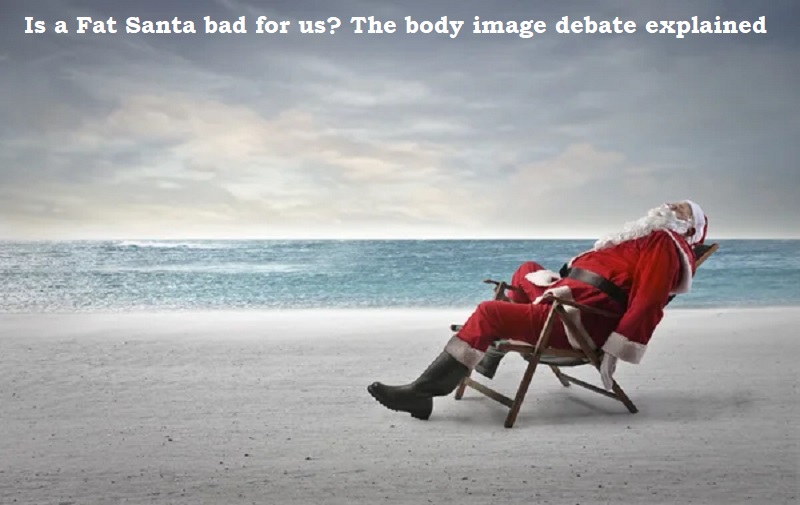
A proposal to remove ‘fat Santas’ from Australian shopping malls reportedly led to a body-shaming incident involving Santa Claus, days before Christmas. With his demand that sticking pillows or other stuffing down the front of the famous red suit end, Australian health researcher Vincent Candrawinata sparked the festive fury.
The WHO reports a roughly threefold increase in worldwide obesity since 1975. Over 1.9 billion persons, or those 18 and older, were overweight in 2016. Of these, 650 million or more were obese. In 2016, 13% of adults over the age of 18 were obese and 39% were overweight. Most people on earth reside in nations where being overweight or obese is more deadly than being underweight.
Numerous non-communicable diseases, including heart conditions, some malignancies, a higher risk of fractures, insulin resistance, psychological consequences, and greater future risks are associated with obesity.
Therefore, it is reasonable to wonder whether ‘fat figures’ in the media might lead to a rise in obesity.
A 2015 study from the Beedie School of Business at Simon Fraser University suggested that the expanding prevalence of plus-sized models in advertising campaigns may be a factor in the nation’s rising obesity rates.
The study, published in the Journal of Public Policy & Marketing of the American Marketing Association, discovered that as advertising campaigns increasingly use fewer images of models who are underweight and aesthetically flawless—instead utilising non-traditional models with larger body types — the tactic can have a negative effect on the public’s lifestyle and eating behaviour.

Post Your Comments